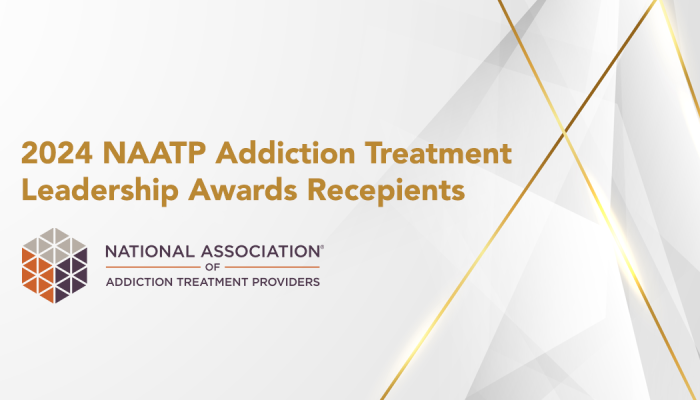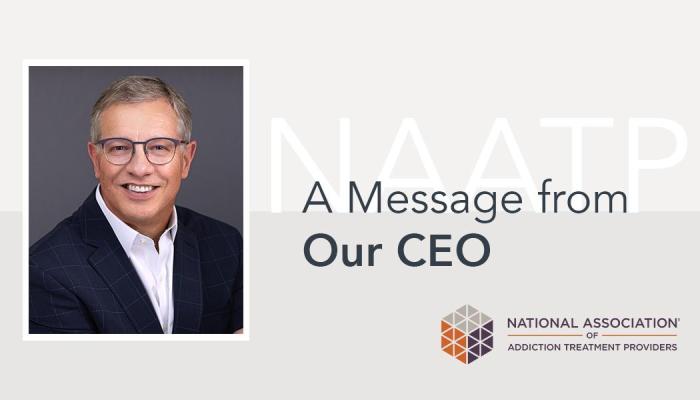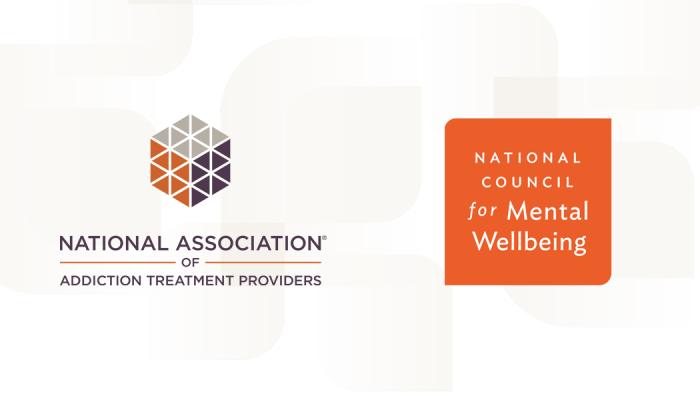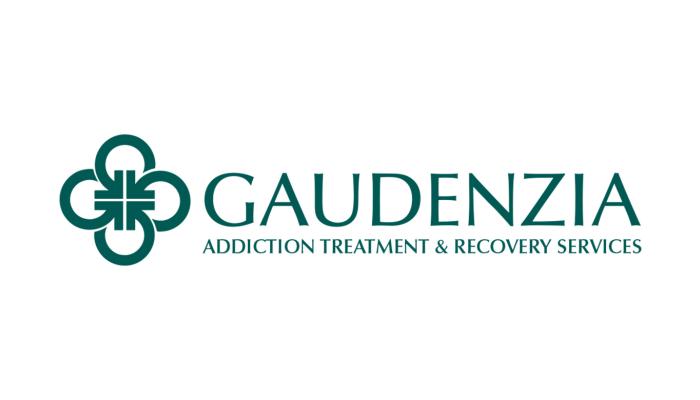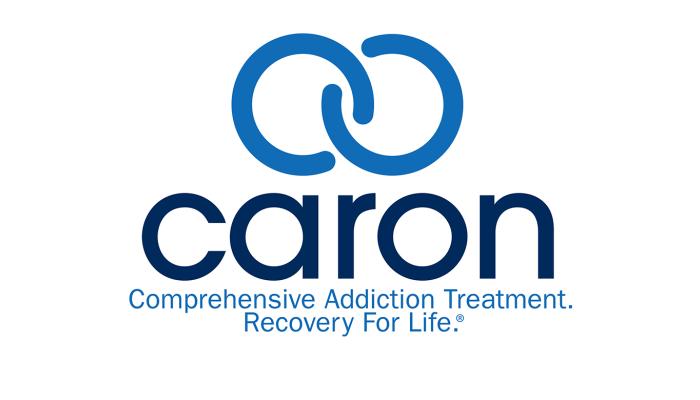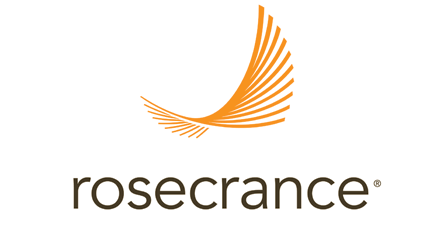Now that you have identified and researched your cause and begun building a coalition, it’s time to determine your target audience and develop a message that is tailored to said audience.
In this section…
- Identify the Target Audience
- Develop Your Message
- A Note on Using Personal Stories
- Drafting a One-Pager
Identify the Target Audience
Identifying your audience is the first step in developing a message. There are several broad groups you might consider: other healthcare professionals, insurance providers, the media, legislators, or the general public. The group you focus on will depend on what you are trying to achieve. The more specific you are in identifying your audience, the more effective your message will be.
For instance: If your goal is to support/oppose legislation, your audience will be state legislators, to whom state data would be compelling. On the other hand, if you are aiming to change payor policy, your audience will be insurance providers, who will find patient outcome data most relevant.
Additionally, you may need to adapt your message to best engage different audience groups regarding the same issue. Perhaps you want to support a particular bill and you have identified both legislators and the public as your audience – how will you adapt your message to reach these separate audience groups?
Develop Your Message
Now that you have identified the target audience, you are ready to craft the key message you want to communicate. The following are important considerations in creating your advocacy message:
Understand Your Target
Guiding Question: What do I know about my audience?
Learning about your audience is just as important as researching your advocacy issue because this will allow you to most effectively tailor your message to the concerns and priorities of that audience.
For example, if your target audience is a legislator: Find out if they are newly elected or more seasoned. If the legislator is new to elected office, bring applicable materials and information to educate them/their staff about the issue(s). If the legislator is more seasoned, ask what they already know about SUD treatment and segue to your one-pager. Prior to communicating, be sure to read the legislator’s bio and skim their social media accounts; see if you can find something in common or a personal point to highlight when you do initiate communication (such as an alma mater). Pay attention to party affiliation and what committees they sit on to know where there may be opportunities to advance your agenda.
Determine Key Talking Points
Guiding Questions: Is my audience aware of this issue? What information do I want them to know? What data, stories, or supporting information will my audience find persuasive?
An effective message is credible, clear, compelling, concise, and convincing – ideally you should be able to communicate it in less than one minute. The recommended approach is to have one primary message, supported by two or three secondary messages. Write down your primary message first. The primary message is the main message. It is broad, appealing to all audiences, simple and direct; it is the theme that holds the whole advocacy campaign together. The purpose of the secondary messages is to support the primary message and to explain how it can be achieved.
The World Health Organization (WHO) recommends using facts and figures wisely – if you use too many it can overload and confuse your audience. However, keep in mind that while a “dramatic personal story is a more compelling ‘hook’ than a list of facts (no matter how alarming the facts are!),” says Carolyn Thomas, author of A Woman’s Guide To Living with Heart Disease, “a story by itself isn’t the message.” Be sure your talking points include a balance of statistics and stories that convey the human cost of Substance Use Disorders.
Tips for Effective Talking Points
- Keep it brief. In general, limit yourself to only 3 or 4 of the most important points.
- Remember your goal. All of your talking points should build to and support the goal of the communication, whether it is simply educating the audience or asking for support. If a talking point doesn’t clearly lend itself to the goal, get rid of it.
- Personalize your points. Convey local and personal stories that illustrate your message and the impact of the issue on individuals and the community. (More detailed information regarding the use of personal stories can be found at the end of this section.)
- Be specific. Give the exact name and number of the bill, regulation, or amendment, title of a study, name of a town, etc. (How to find Bill Numbers).
- Provide a reason for action. Make the case for the legislator to get involved, based on their previous positions, committee assignment, proposed legislation, etc.
- Backup the points with supporting materials. While the talking points should be brief and targeted, you should always be able to provide more detailed materials to support your points.
End with a Call-To-Action
Guiding Question: What improvements are needed? Locally? Nationally? Internationally?
According to the WHO, you cannot mobilize people unless you ask them to do something. Aim to craft messages that will convince your audiences to act – rather than messages that simply communicate what you want to say.
“Awareness is not the end goal – it should be taking you to education and to action.” – Christina Lizaso
Think about what you want your audience to do when you are finished presenting your message. What will motivate them to act? Clearly outline next steps they need to take. “Awareness should immediately be followed by an opportunity for action,” according to breast cancer researcher and advocate, Jamie Holloway.
A Note on Using Personal Stories
Every day, thousands of us make the choice to publicly share our lived experiences in order to make a difference for others, whether we’re raising awareness of an issue, advocating for new legislation, raising funds, or encouraging behavior change. We share our experiences — sometimes deeply personal ones — as “living proof” of a problem or a solution.
An important component of any advocacy strategy is finding personal stories that illustrate the significance of the issue. Personal stories:
- Lend credibility to a problem or solution
- Put a human face on a problem or solution
- Help others identify with a problem or solution
- Stir compassion
- Move people to action to solve the problem or contribute to a solution
Below is an outline for gathering personal stories that can help make the strongest advocacy points. Although this is written primarily to help you gather and write others’ stories, you can also use it to guide you to write and share your own story, too.
Consider Which Stories to Use
- What type of story will best illustrate the importance of your goal?
- Who are the best people to tell their personal stories?
Write the Story
- Discuss with the individual how you will need to shape their story to fit your advocacy goals.
- Keep the story as brief as possible, definitely under one page.
- Quote the person as much as possible; if necessary, go back and ask very specific questions that can elicit a quote that is true and powerful.
- Include details that will help the audience form pictures in their minds.
- Have team members review and edit the story to ensure that it achieves your goals.
Be Cautious and Respectful
- Never use a story or parts of a story without permission.
- Only tell the parts of the story that you need the reader to know; be very protective of the individual and don’t share anything they might later regret (even if they are willing to share it now).
- Never change a person’s story; if the story doesn’t fit, then seek another one.
If sharing your own personal story, be prepared for the possibility that telling your story may make you feel emotional and vulnerable. Think carefully about how much you are willing to share before you make the decision to share it. Let the audience know your boundaries. Be mindful, too, of boundaries if you are talking about a family member.
Drafting a One-Pager
Now that you have thought through which talking points and information will be most effective for your audience, you are ready to draft a one-pager. A one-pager is a short, one page summary used as a briefing material that can help you explain the issue or position to your audience.
Draft a One-Pager for Each of Your Main Policy Issues
Policymakers seldom have time to read all the literature related to a specific policy question. To make well-informed decisions, they rely on short, tightly written documents referred to as one-pagers. If you bring a one-pager to a meeting with a staff person or policymaker, you will be able to make your case quickly and efficiently and then leave behind a document for the staff member or policymaker to reference.
Keep the One-Pager Brief
A strong one-pager quickly and clearly makes a policy recommendation, provides background on the issue, and includes analysis backed up by facts and data on why that policy recommendation will help solve the policy question at hand. A one-pager should not include a lengthy analysis of all available research or list all possible arguments and counterarguments that could be made on the issue.
Don’t Forget the Details
- Use your peers! The best way to know if you have created something that is interesting and helpful is to have an extra pair of eyes review it. Try sharing it with someone who is unfamiliar with the issue to gather some feedback.
- Double-check for spelling and typo errors. A document filled with errors is distracting and affects how others perceive your organization and mission.
- Is the font size and style easy to read? It is always best to choose something generic that will not distract from your message.
- Did you include your organization’s logo and contact information? Make sure the person you are sharing this resource with knows how to connect with you.
Example Template for a One-Pager
- Recommendations/message. Clearly state your policy recommendation(s) or message(s) up front.
- Introduction. Begin with a brief overview of the policy issue and state the problem you hope to solve or the objective you hope to achieve. Map where your argument will take the reader and explicitly outline your thesis/key point.
- Background. Briefly explain the history of the policy issue.
- Analysis. Persuasively outline why your policy recommendation(s) will solve the problem or achieve the objective you highlighted in your introduction. Use evidence from research studies, case studies, legislative experiences of other jurisdictions, reputable polling/surveys, and other sources to support your perspectives and advance your recommendations. It is critical to back up your recommendations with solid facts and data.
- Visual. The one-pager should be visually pleasing and easy to read. Include bullets instead of lengthy paragraphs.
- Conclusion. Conclude with a persuasive argument and summary statement; include an ask such as, “please vote for,” or “come and visit our treatment center.”
______________________________________
For further reading, see our Resources List:





